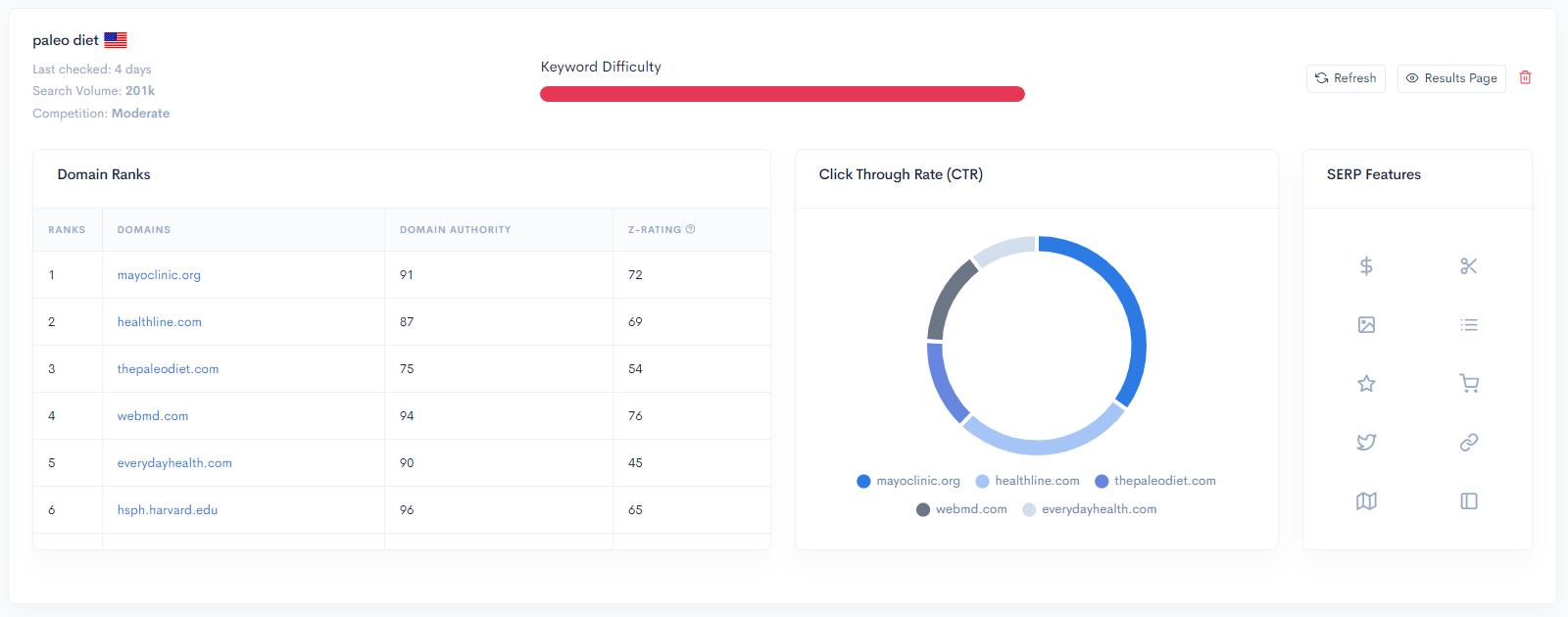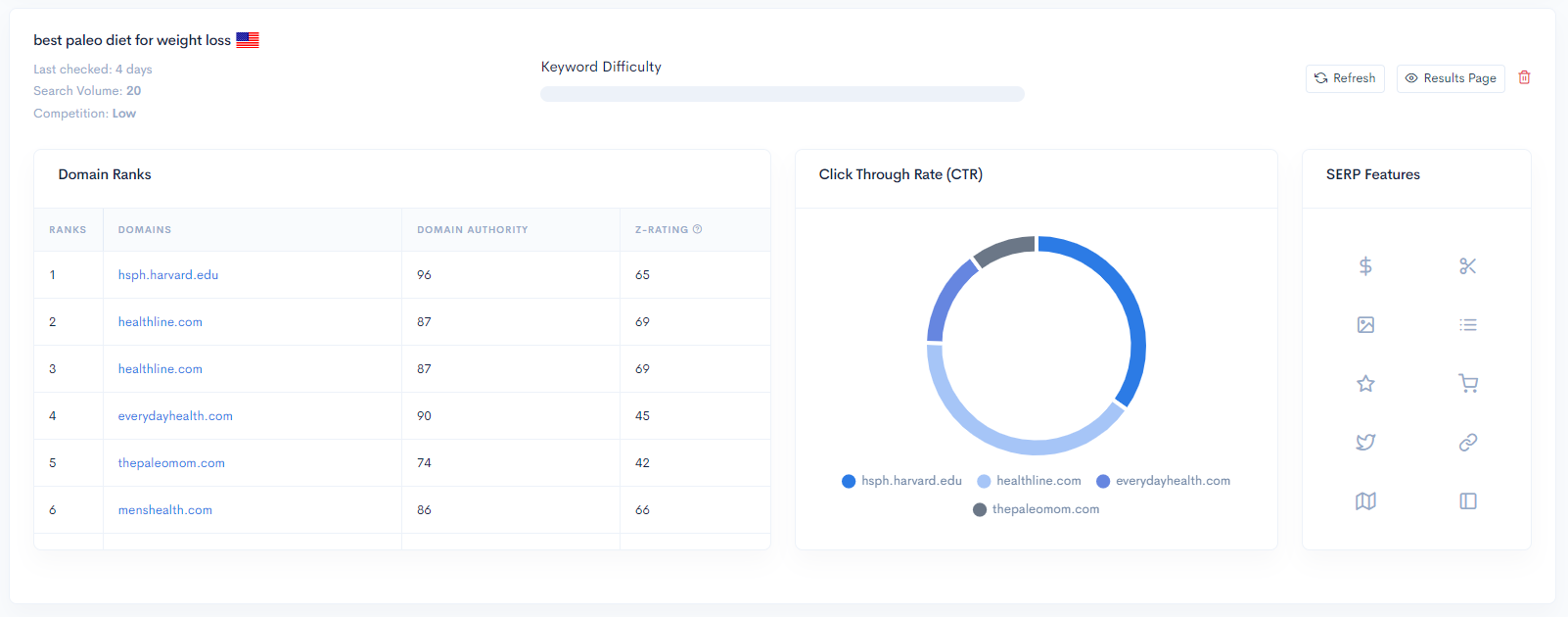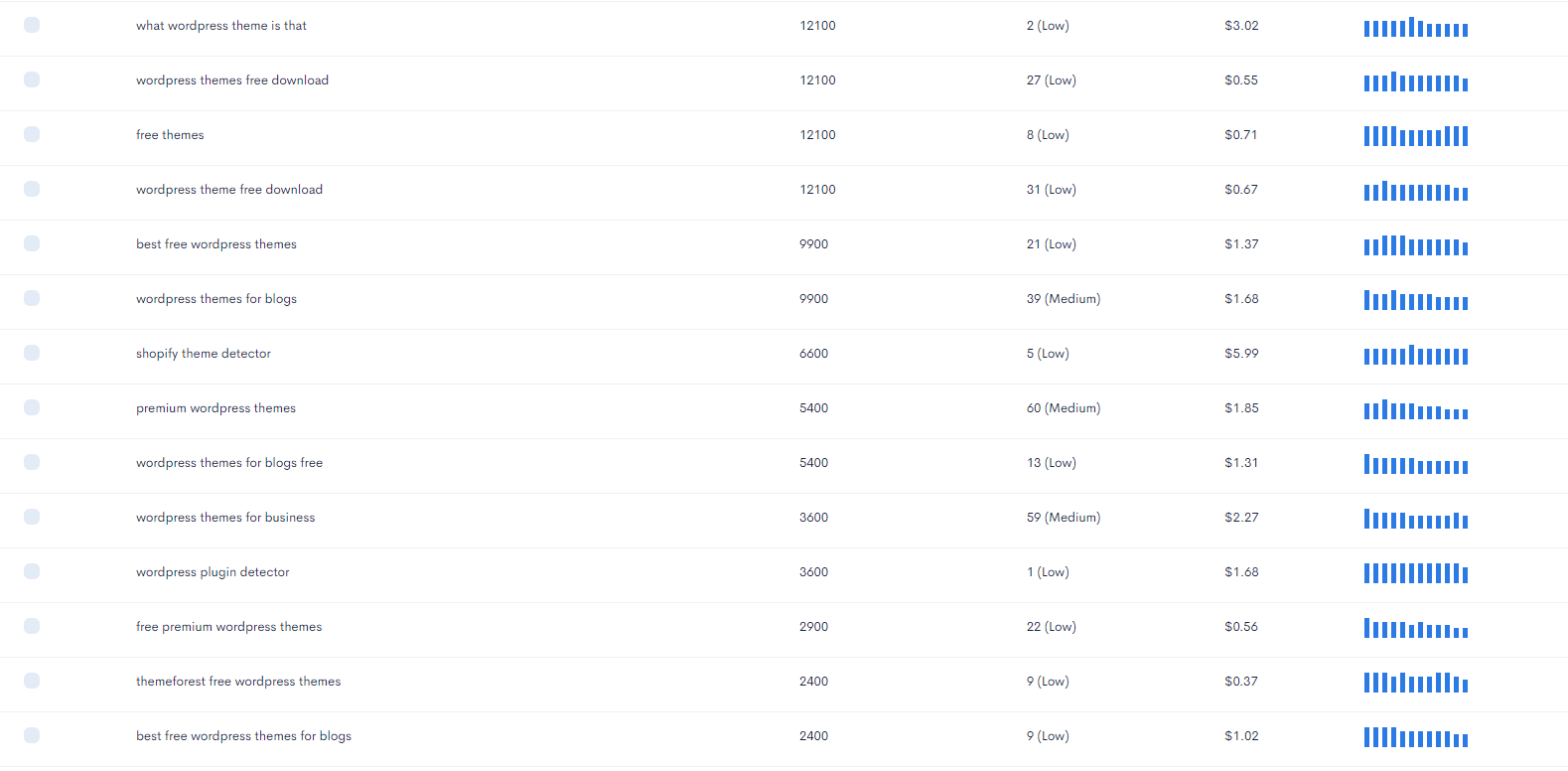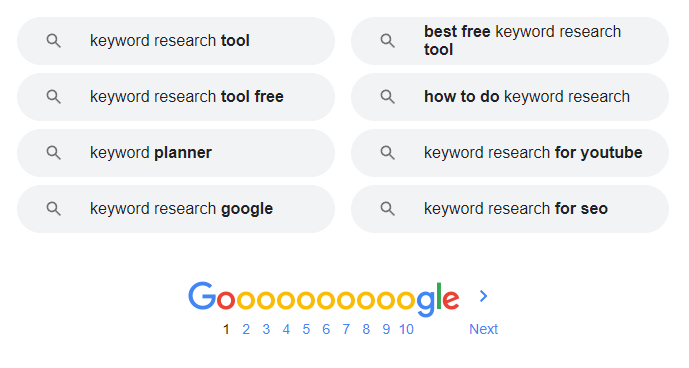There generally are two types of keywords: short-tail and long-tail keywords.
While most short-tail keywords are basically used for navigational and commercial intent, long-tail keywords are used for informational and transactional intent.
Many people also argue that long-tail keywords are easier to rank and have less competition.
But is it true?
And what long-tail keywords actually are, and how does it look?
If you have these questions on your mind, we’ve crafted this post, especially for you.
In this post, we’re going to explain what are long-tail keywords, why it’s important for SEO, and how you can easily find out long-tail keywords for your website.
So without any further delay, let’s dive right into the post.
Table of Contents
What Are Long-Tail Keywords?
Long-tail keywords are long-form and specific search queries that people search on search engines to get information about one particular thing.
In terms of SEO, these keywords tend to be less competitive than the main “head” keywords, and the search volume of long-tail keywords are also comparatively low.
Even though the search volume of long-tail keywords are low compared to “head keyword,” these types of keywords are quite high-converting and can be hugely beneficial to your business.
Generally, keywords that have between 1-3 words are considered as short-tail keywords. Whereas keywords with more than 3+ words are considered as long-tail keywords.
Point to be noted, there is no official rule or document available that specifies the difference between keywords. These are just standard metrics made by SEOs and marketers to understand the difference between keywords.
Example of Long-Tail Keyword
Here’s an example of a short-tail keyword:
- Paleo diet.
And here’s an example of a long-tail keyword for that same topic:
- Best paleo diet for weight loss.
If you look at the search volume of both of these keywords, you’ll see a massive difference.
The keyword “paleo diet” has a search volume of 201k.

While the keyword “best paleo diet for weight loss” has a search volume of just 20.

But on a good note, even though the long-tail keyword has very less search volume, using this keyword, you can target a very specific set of audiences.
And the competition would be much less too.
Why Are Long-Tail Keywords Important For SEO?
1. Less Competition
The biggest benefit of targeting long-tail keywords is less competition.
Long-tail keywords have very little search volume, and that’s why it doesn’t attract a lot of website owners.
Here’s why it’s much easier to rank for these keywords as compared to the “head” keywords because a limited number of websites actually compete for that specific term.
If you have a brand new website with less authority, you can easily rank for long-tail keywords with less competition in no time.
That’s one of the best SEO growth hacks that new websites should use.
Apart from SEO, if you’re running PPC ads, the cost per click of your ads would be quite low because there would be less competition.
2. High Converting
Less competition and high conversion is the dream of almost all marketers.
And by targeting long-tail keywords, you can easily achieve this goal.
Long-tail keywords are not only less competitive but are extremely high converting as well.
Since you’re targeting a highly specific set of audiences, most of the people would be pretty interested in your product or services; thus, it will skyrocket your conversions.
3. Easier to Rank For New Sites
If you have a brand new website, the only way you can rank on the first page of Google is by targeting long-tail keywords.
Brand new websites generally have very few backlinks and authority in the market. And if you start targeting highly competitive keywords from the beginning, there’s no way you can rank on those keywords because there might be already high-authority sites ranking for that search query.
And beating those high authority sites is almost impossible, even if you have 10x better content.
How to Find Out Long-Tail Keyword Ideas (4 Ways)
1. Google Autocomplete
If you’re on a tight budget, the best and free way to find out long-tail keywords is by using the autocomplete feature of Google search.
Head over to Google, type in the “head” keyword, and hit “space” on your keyboard.
Then it will show up plenty of related and long-form variations of that “head” keyword.
You can also play around with words and hit “space” on your keyboard before the “head” keyword to expand the list of keyboards.
For example, here are the long-tail keyword recommendations we’re getting for the head term “weight loss diet.”

You can add in more words after the “head” term to find out more keyword ideas.
This is a great (and free) way to find out long-tail keyword ideas, but it takes plenty of time since this is a manual process.
If you have free time and are tight on budget, you can definitely try out this method.
2. Zutrix Keyword Planner
Another one of the most easiest and time-saving ways of finding long-tail keywords is using a keyword research tool.
There are plenty of keyword research tools available on the market that can help you to find long-tail keywords within minutes.
But today, we’re going to talk about our own keyword research tool that we have inside the Zutrix suite.
Using the keyword planner feature of Zutrix, you can find out hundreds and thousands of related long-tail keywords for Google and as well as for YouTube.
Just enter your “head” keyword, choose the region and click on “search.”

Now Zutrix will show you tons of keyword ideas that are related to the “head” keyword you’ve entered.
To show you a quick demo, here we’ve searched for the keyword “WordPress theme.”

And as you can see in the picture above, we’ve got some pretty interesting keywords around this topic.
The best part above all is that you can also see metrics like search volume, CPC (cost per click), competition, and trend of each keyword.
These metrics will give you a basic overview of that keyword and help you choose which keyword to target.
3. Google’s “searches related to” Section
Another way of finding the long-tail version of any keywords is by looking at the “searches related to” section of that keyword.
For example, whenever you search for something on Google, you get a “searches related to” section at the end of the search result page.

If you’re doing keyword research, this section can be a goldmine for you.
You can use these long-tail keyword ideas on your website to get a massive ranking boost.
However, using this method, you can only get a handful of keyword ideas at a time. If you want to expand the list, you have to repeat this process over and over again.
4. AnswerThePublic
There’s another great keyword research tool available on the market that can help you to find out untapped long-tail keyword ideas that most people are not targeting yet.
And that tool is – AnswerThePublic.
Head over to the tool, enter a topic or keyword, and click on “search.”

The tool will take a few seconds and will scrape hundreds and thousands of keyword ideas from the web related to the keyword you’ve entered.
You can also differentiate the keywords based on questions, prepositions, comparison, and alphabetical order.
And you can even download these keywords in a .CSV file.
Last but not least, you can use this tool for free, although there’s a usage limit in a day.
Conclusion
So that’s all about long-tail keywords.
We hope now you have a clear understanding of what long-tail keywords are, why it’s important for SEO, and how you can find those.
If you have a brand new site with almost no authority, you should only target long-tail low competitive keywords because this way you can rank much faster even without massive authority and backlinks.
And for finding out keywords, you can use Zutrix keyword planner or any of the methods mentioned above.




